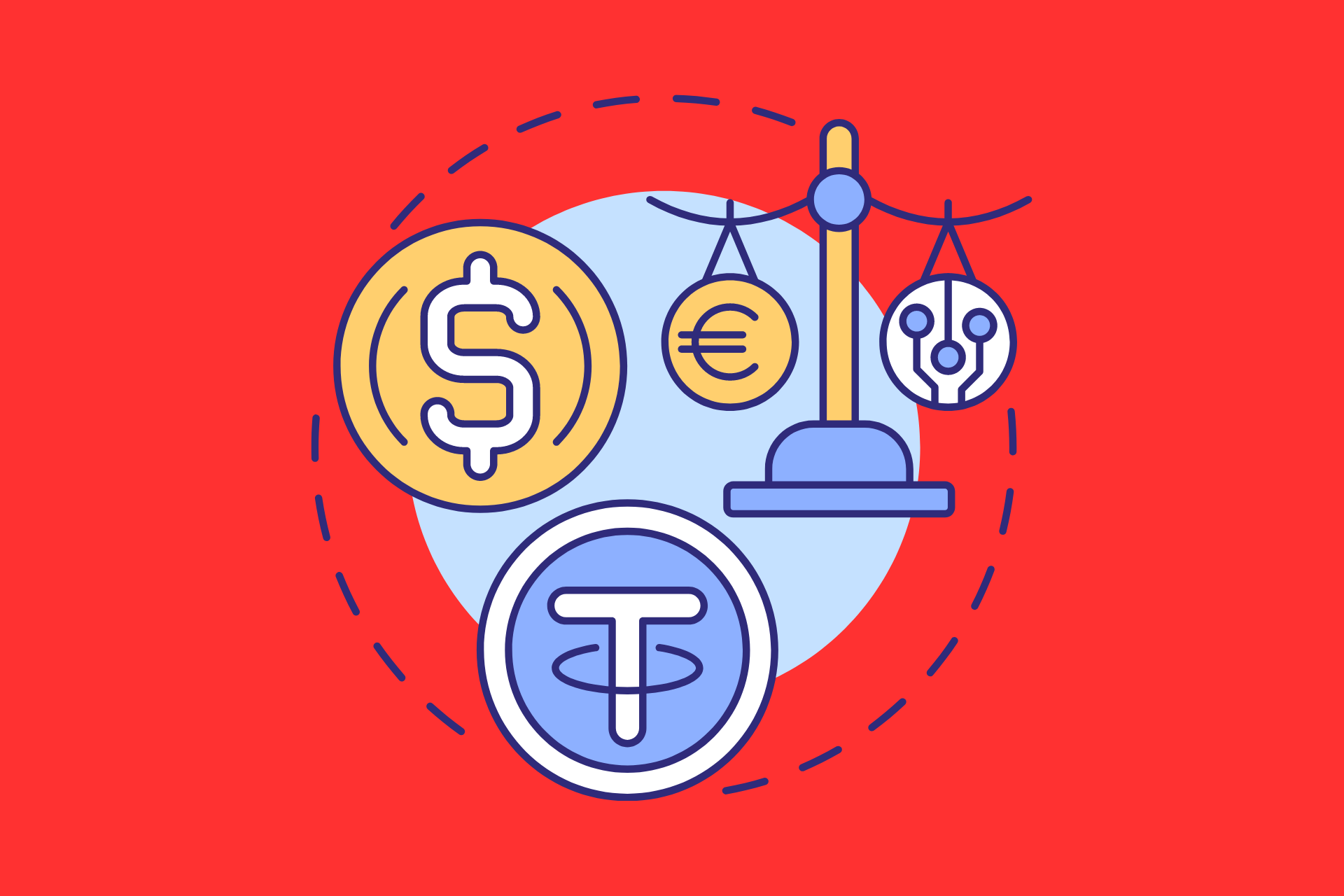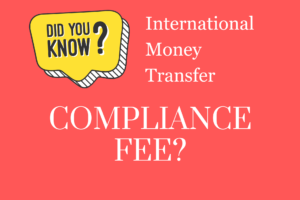I’ve spent over a decade and a half navigating the ebbs and flows of cross-border payments, witnessing firsthand the evolution from traditional banking to the digital currency revolution. Recently, there’s been an undeniable shift towards stablecoins, and I’m here to share some insights, especially on USDT (Tether) and USDC (USD Coin by Circle), the titans of this new age.
The Dominance of USDT and the Rise of USDC
In the vast sea of cryptocurrencies, stablecoins have emerged as the preferred vessel for cross-border transactions. While mainstream cryptocurrencies like Ethereum and Bitcoin have their allure, they’re not the go-to for international payments. Instead, USDT reigns supreme outside the U.S., with USDC trailing but steadily gaining ground.
USDT’s appeal lies in its stability and widespread acceptance, making it a cornerstone of international trade. However, it’s not without its challengers. Companies like Circle, with their USDC product, are making significant strides, albeit with a focus on regulatory compliance and infrastructure development.
[Read this great article Cryptodollar Minting Protocol M^0 Will Allow Institutions to Issue Stablecoins Backed by U.S. Treasuries]
Regulatory Hurdles and Global Adoption
One of the most pressing issues facing stablecoins, particularly USDT, is regulatory scrutiny. With its vast issuance and global circulation, USDT has caught the attention of regulators (worldwide), raising concerns about oversight and compliance. This has led to a tightening of liquidity sources, especially in regions like Canada, where the regulatory environment has become less hospitable to USDT.
Despite these challenges, USDT remains the preferred choice in many parts of the world, from Africa to Latin America, thanks to its accessibility and ease of use. However, this dominance comes with the need for heightened vigilance from regulators, aiming to ensure a balance between innovation and financial security.
Circle’s Strategy: Building a Comprehensive Ecosystem
Circle’s approach to USDC is worth noting. By actively building partnerships and infrastructure, they’re positioning USDC as a more transparent and regulator-friendly option. Their efforts to facilitate easy integration for money transfer operators and remittance services highlight a strategic push towards creating a robust ecosystem for USDC.
Looking Ahead: The Future of Stablecoins
The landscape of stablecoins is ripe for innovation. Beyond USDT and USDC, new players are entering the market, each aiming to solve unique challenges within the realm of cross-border payments. Specialized stablecoins could potentially cater to specific sectors, such as telecommunications or trade finance, offering tailored solutions for industry-specific needs.
I want to mention the amazing work Ben Milne and his team at Brale are doing. Go check them out.
Moreover, the role of stablecoins in facilitating non-collateralized loans, particularly for money services businesses, illustrates the expanding utility of these digital assets. Companies like Arf, [great work being put in by Ali Erhat Nalbant and Kazım Rıfat Özyılmaz] which specialize in leveraging USDC for innovative financial solutions, underscore the potential for stablecoins to transform traditional finance.
Final Thoughts: Embracing the Stablecoin Era
In conclusion, I believe there’s a significant opportunity to merge the traditional (fiat) financial world with the cryptocurrency sector. This integration should ensure regulatory compliance, proper oversight, and transparent transactions.
Such a merger could enhance cross-border payments, making them more cost-effective and quicker, and improve the efficiency of payment networks beyond what is currently available. We are just beginning to explore these possibilities.
Certainly, this journey will involve considerable consolidation, with many companies failing due to a lack of practical experience in developing these systems or a comprehensive understanding of them.
However, from my perspective, I have the privilege of observing these developments, and I am incredibly optimistic about the future.
As we look to the future, one thing is clear: stablecoins are not just a passing trend; they are paving the way for a more interconnected and digital global economy.
If you’re contemplating integrating stablecoins into your operations, consider this an invitation to explore the possibilities. My team and I are dedicated to demystifying this space, offering insights and support to those ready to take the plunge, please get in touch with me.
—
This page was last updated on February 13, 2024.
–




